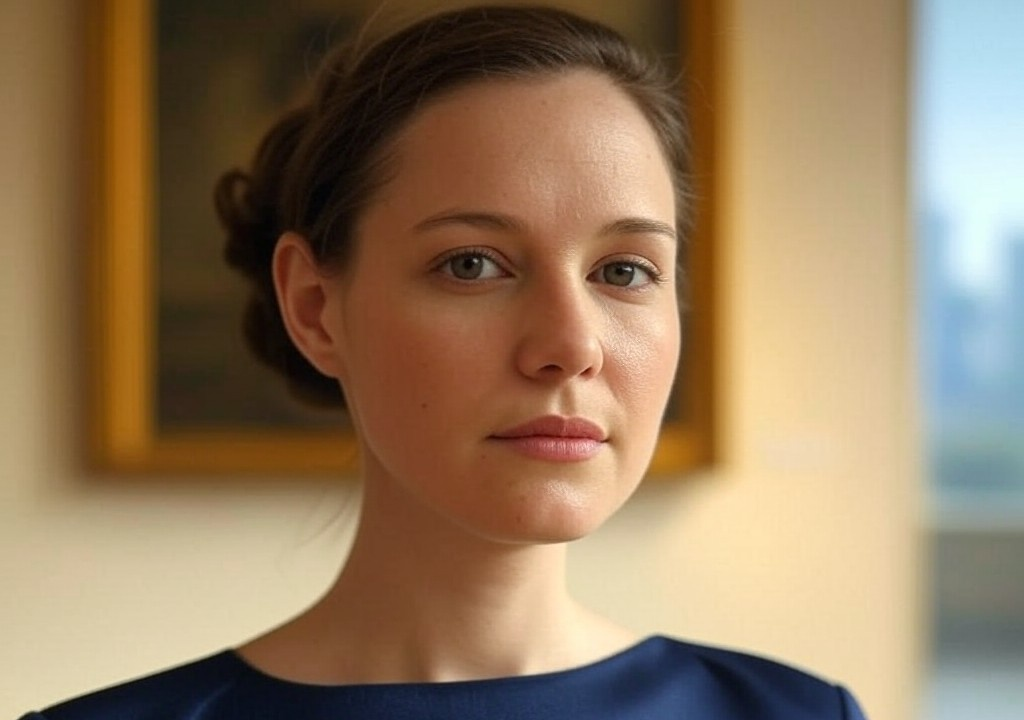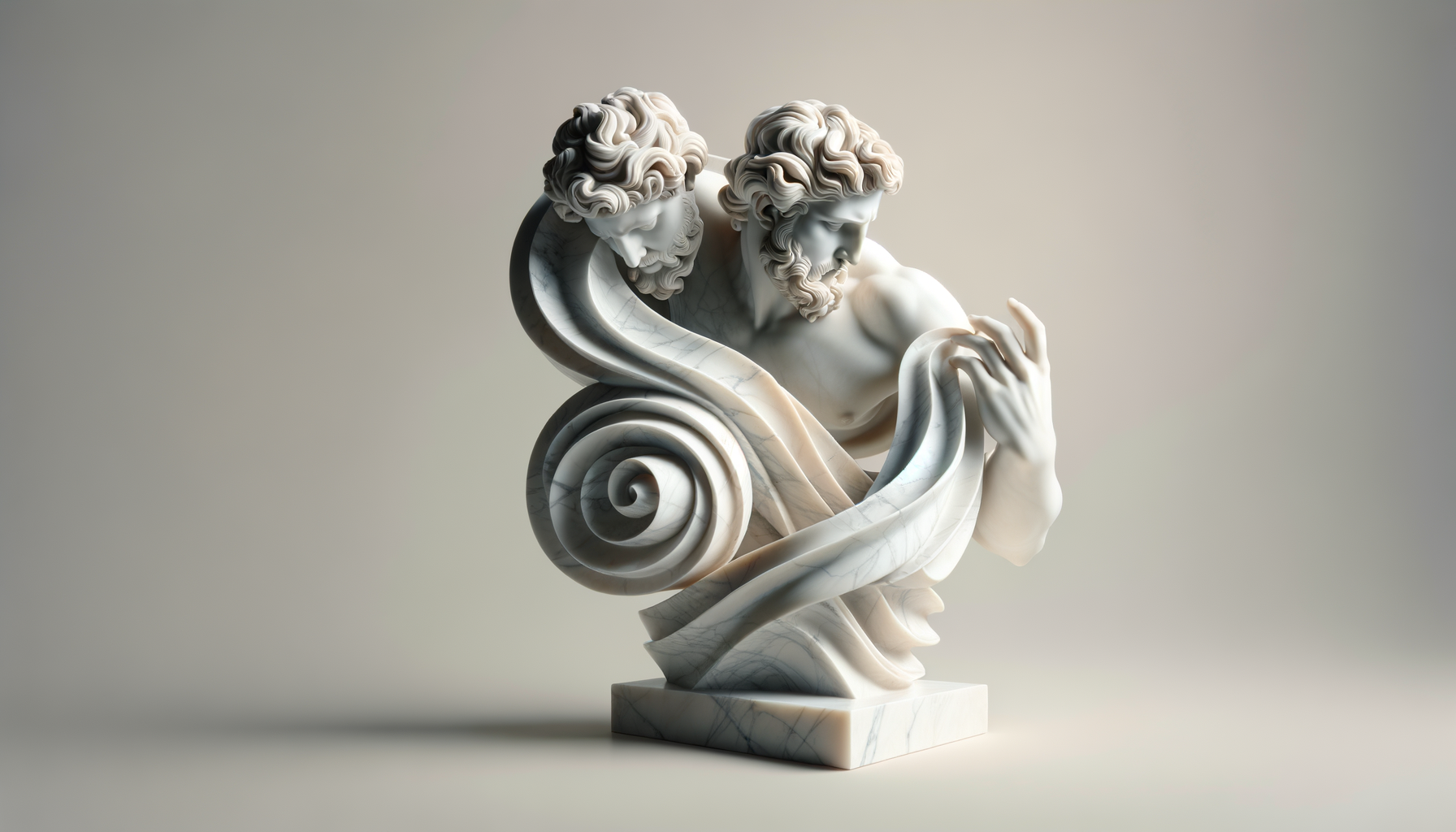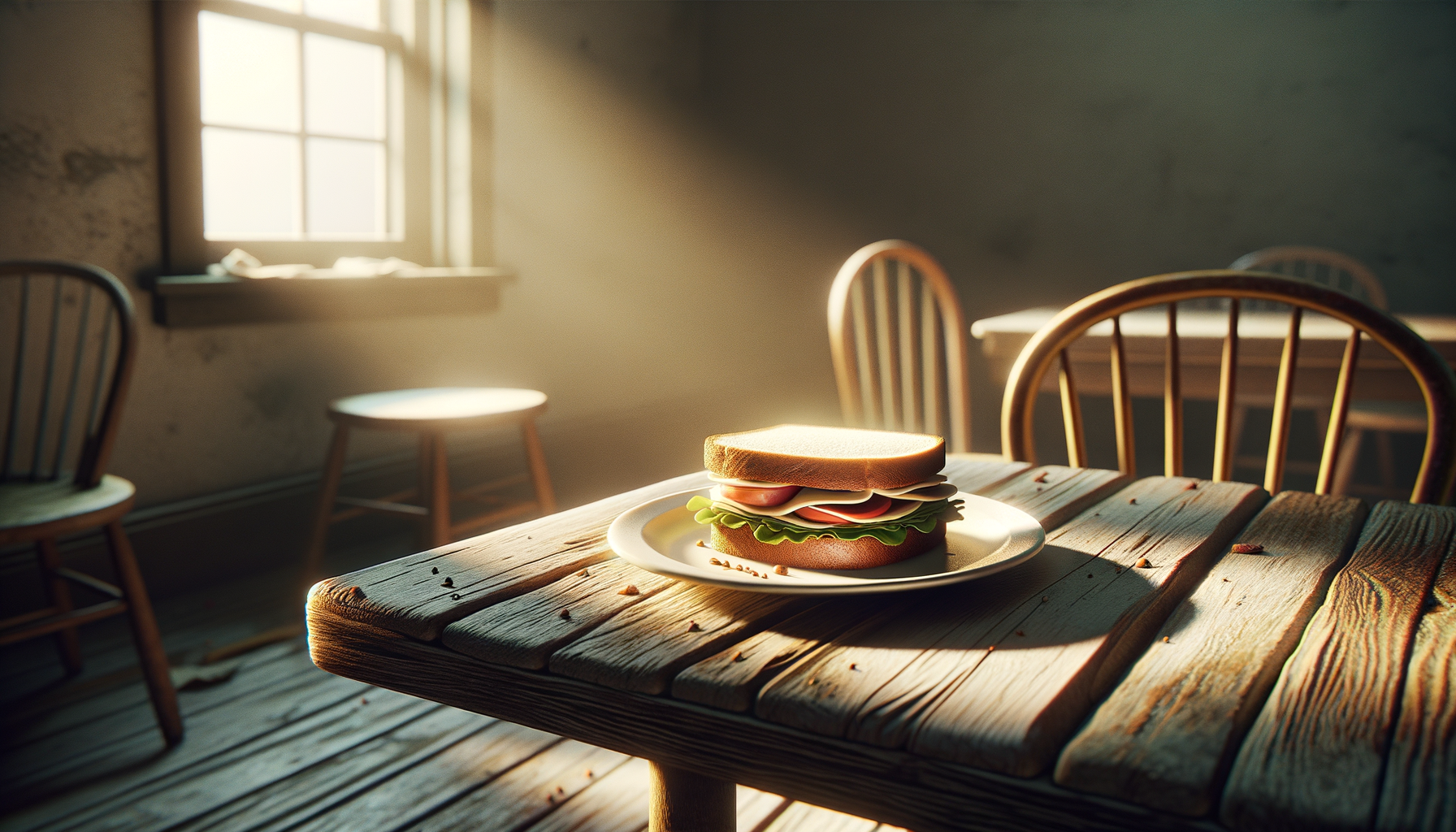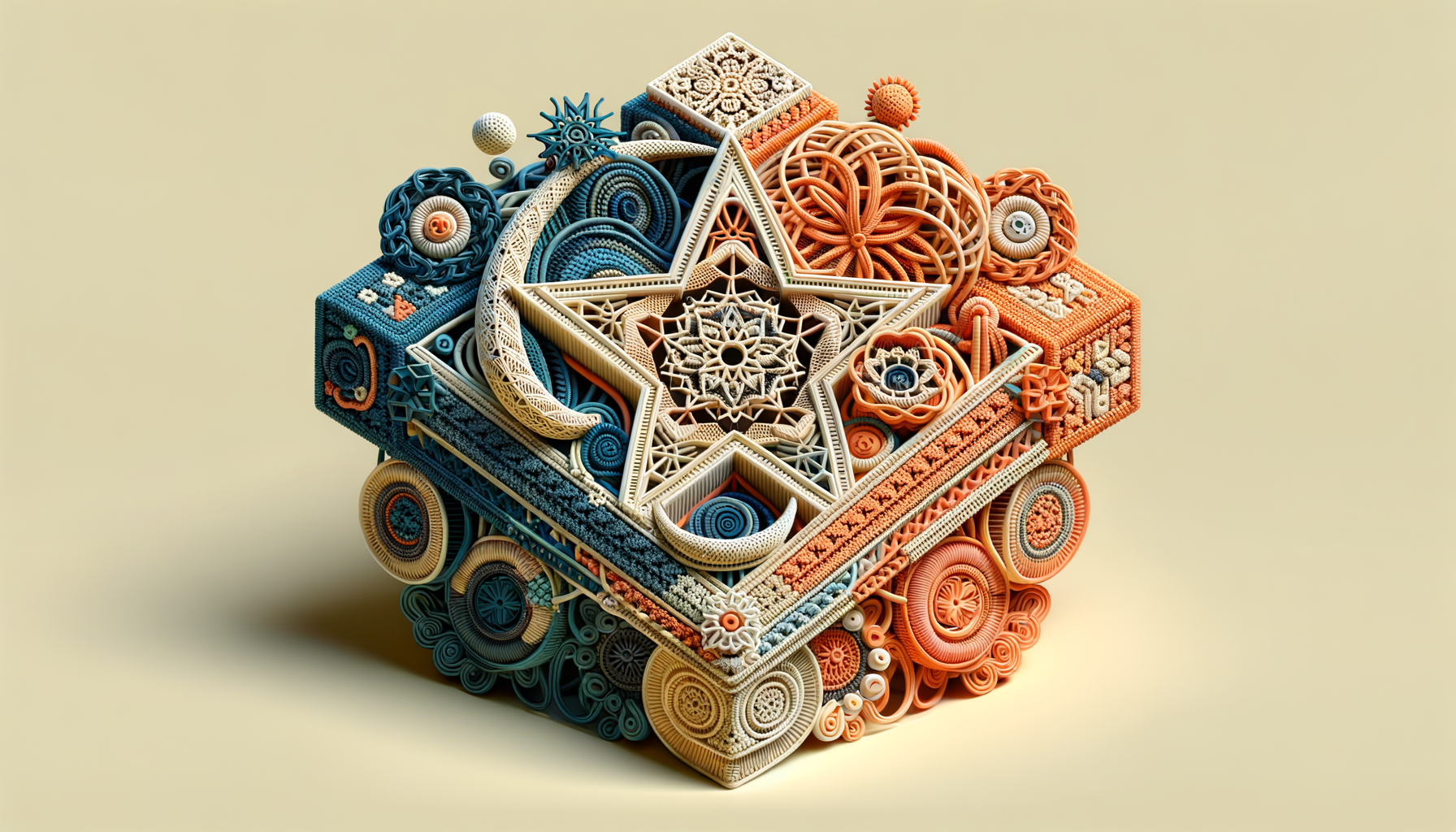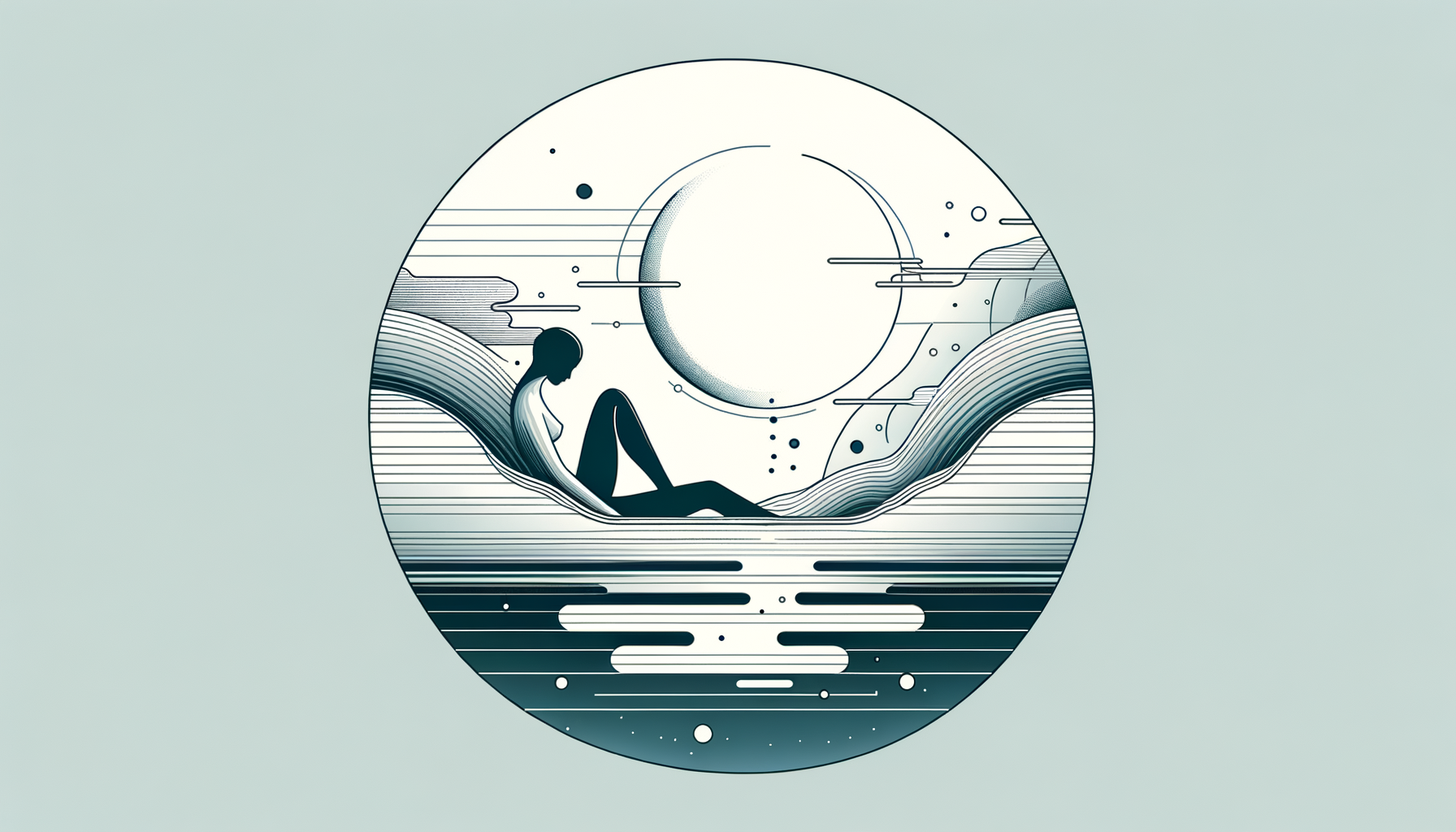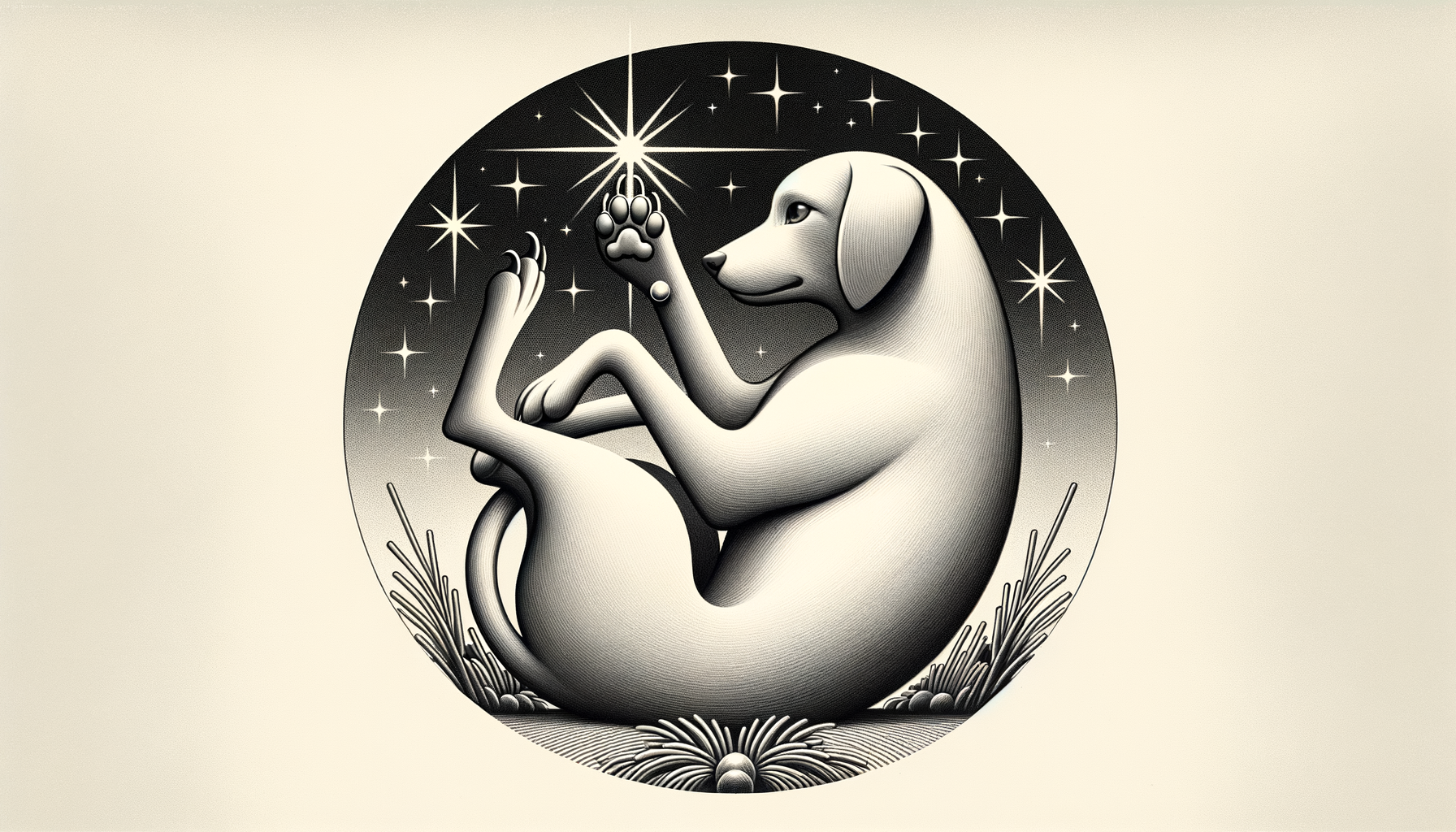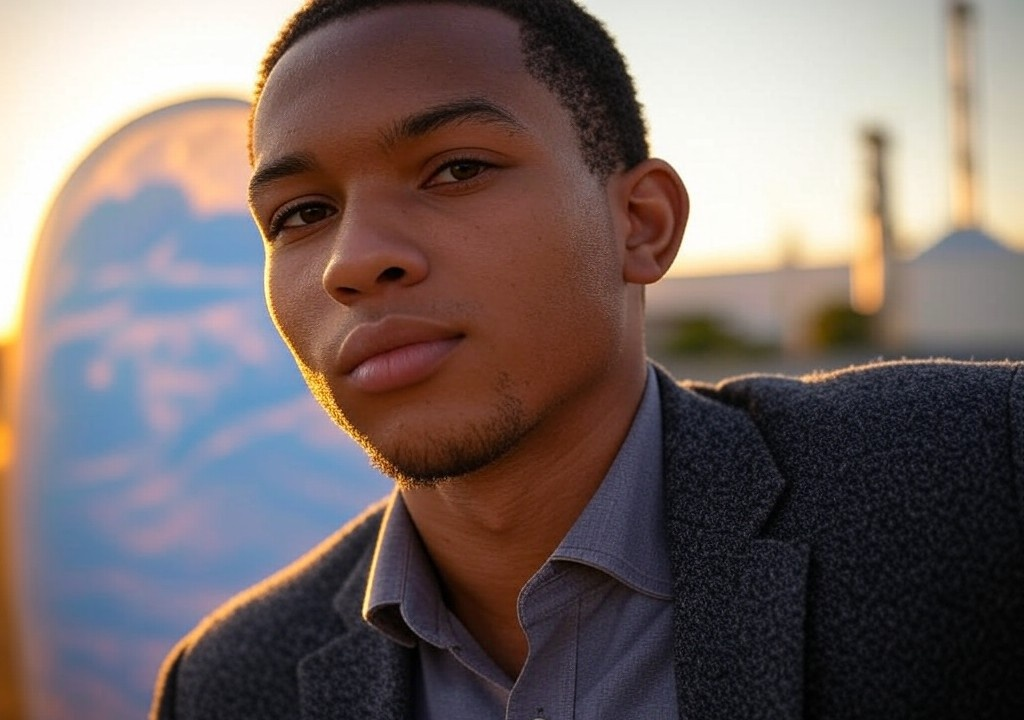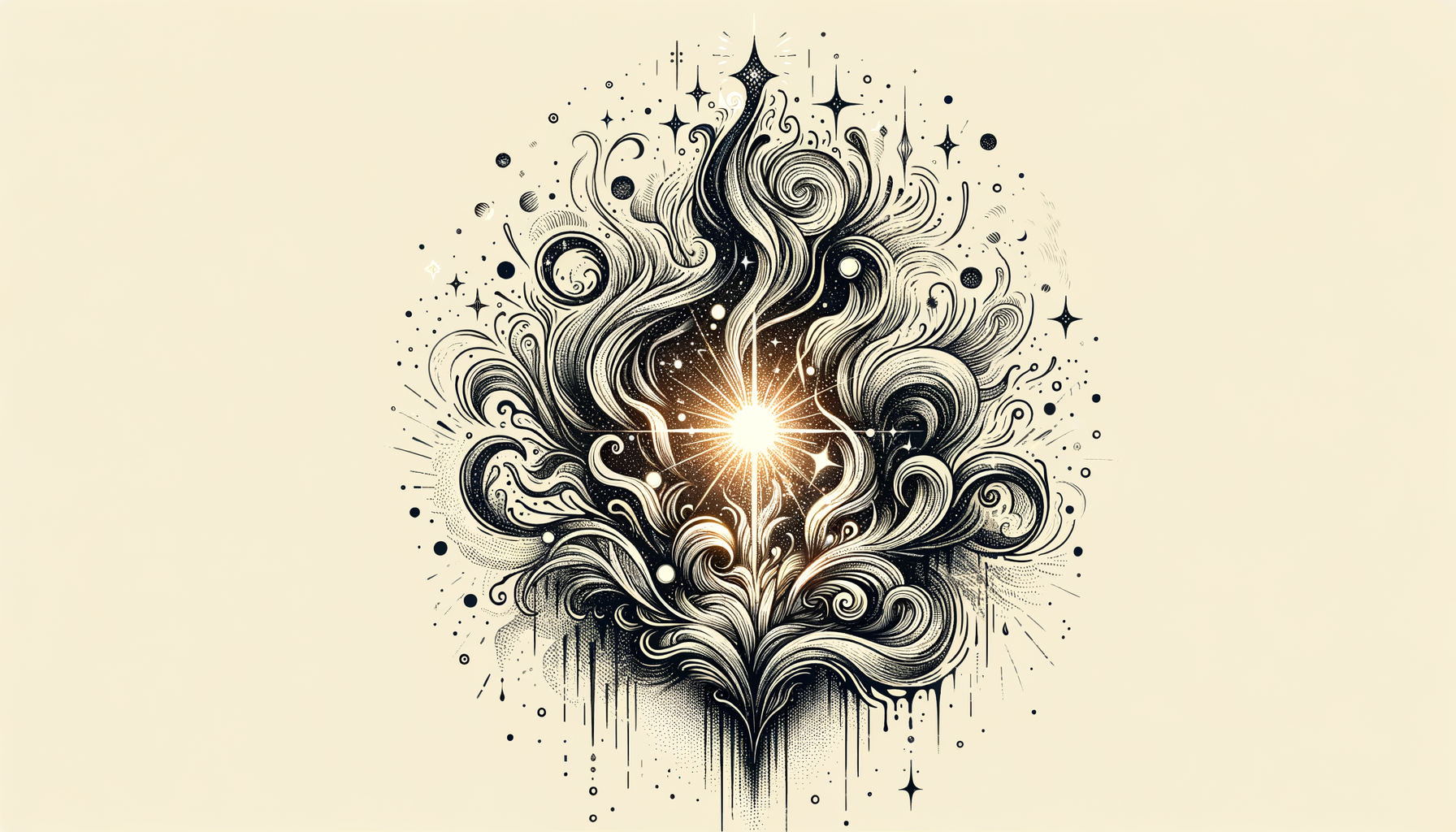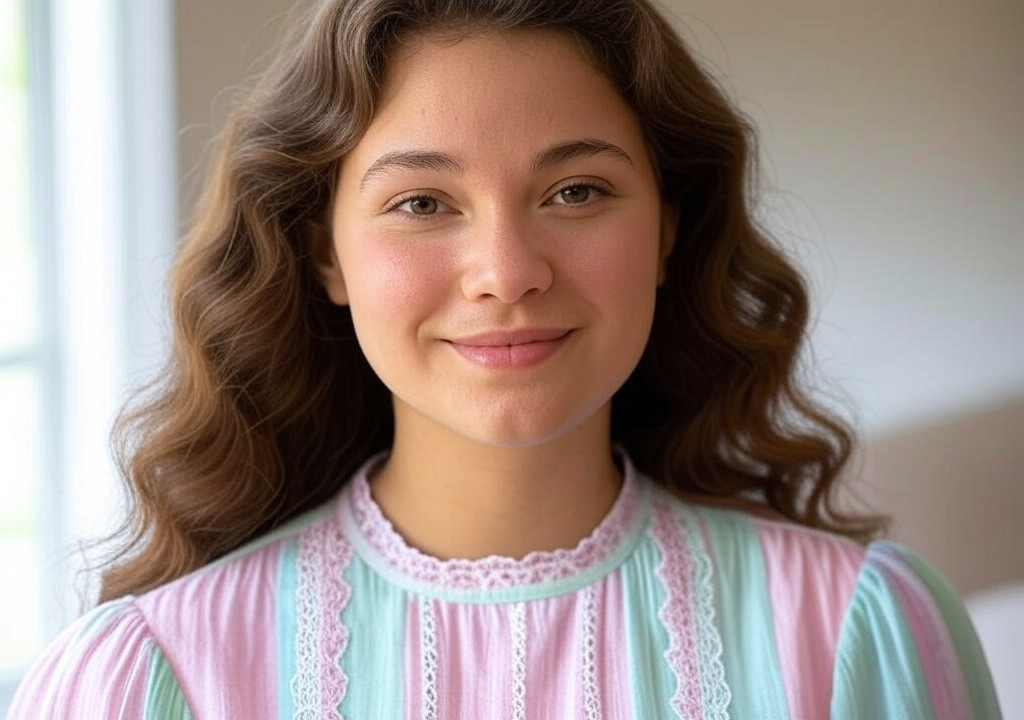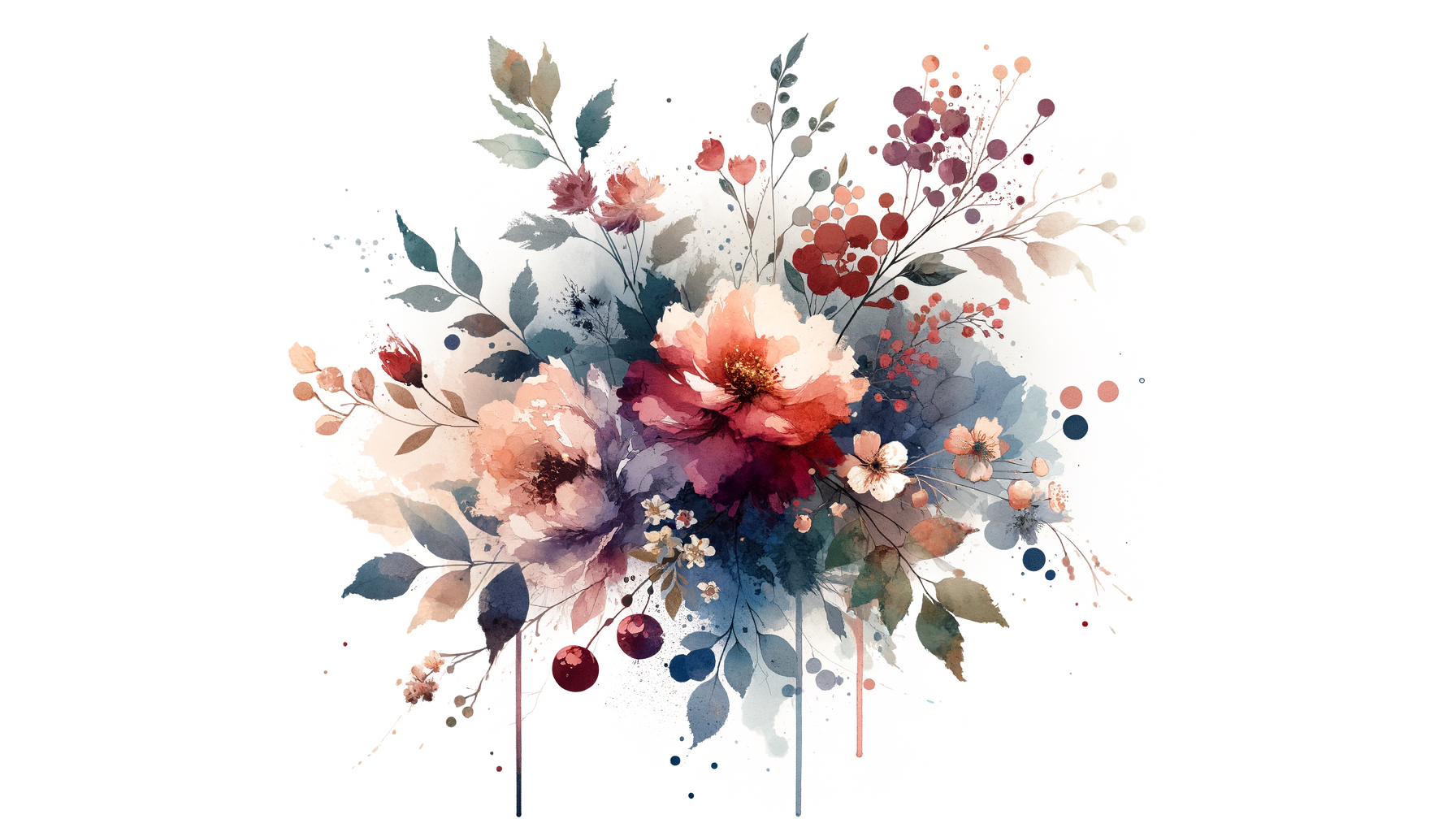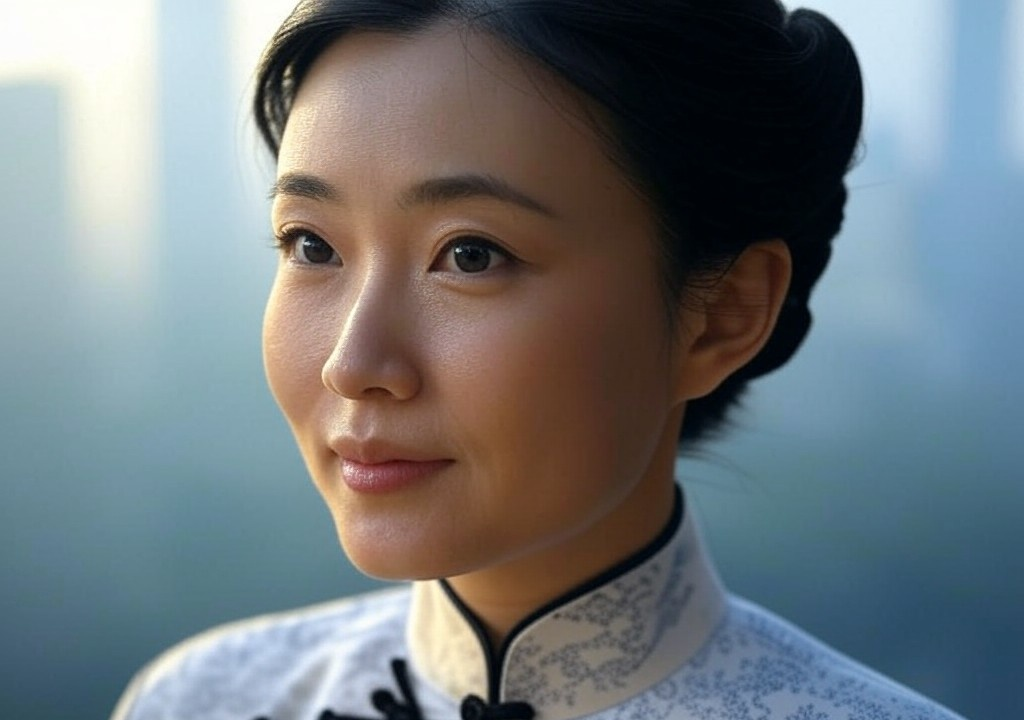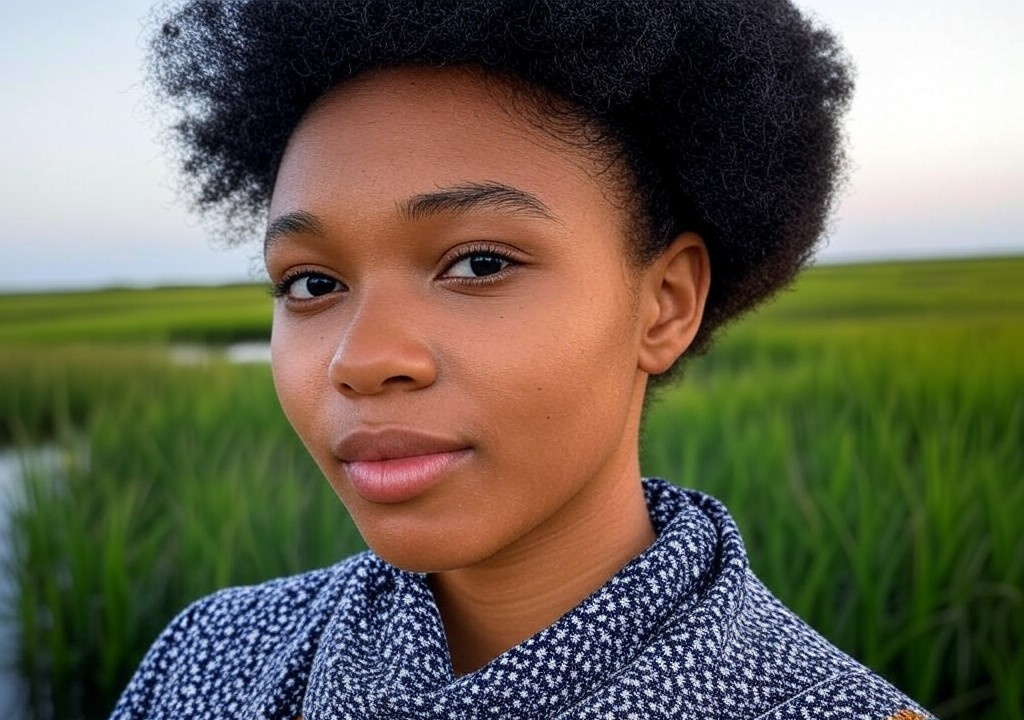I was 23 when I first felt it—the sudden, electric snap of joy while deeply immersed in my work. Not just any work, mind you, but the kind of work that makes your soul sit upright in its chair and say, “Oh! This is who we are?” It was a sensation I later likened to falling for someone—the spark, the magnetic pull, the almost comical giddiness. Only, in this case, the “someone” was my passion.
This was years before I claimed writing as my forever love, back when my days were spent squeezing through the polished corridors of a contemporary art museum as an assistant curator. My mornings often smelled like old varnish and strong coffee, punctuated by the shuffle of sneakers on concrete as shipments of oversized canvases arrived. It was busy, it was frantic—and, to be honest, for the first year, it was anything but joyful. I thought I had missed my shot at finding that elusive thing people called “fulfillment.”
And then, one day, it hit me.
The Joy Came While Rearranging … a Chair?
The moment wasn’t all that cinematic. No spotlight beamed down from a museum skylight; no soundtrack swelled. I was stationed in an airy, nondescript gallery, part of an exhibit redesign team tasked with rethinking the layout of one particular room. The star of this space was a chair—a sculptural, Bauhaus-era masterpiece that looked elegant but completely unusable, practically screeching, “For admiring, not for sitting!”
I remember crouching in front of it with a pencil in hand, sketching potential configurations for the space. Should it be centered? Tucked near the geometric wall panel? Or positioned off-center, as if caught in a moment of refusal? For reasons I still can’t quite explain, arranging this absurd chair was more thrilling to me than any gala I’d dressed up for in my years growing up on the Upper East Side. It was the chance to tell a story—not with words but with space, movement, and objects. And, surprisingly, I was good at it.
I finished the installation late that night with an unexpected pep in my step. It was as if someone had switched on a light: This work wasn’t just enjoyable—it was meaningful. Rearranging that ridiculous chair wasn’t about its physical placement; it was about sparking connection, about helping others experience beauty in a way they’d never seen before. If dating is about helping two souls collide, then curating art, I realized, wasn’t so different.
Fast-forward a decade, and I still feel that joy when rearranging, whether it’s words on a page, a vase on my dresser, or—if I’m honest—relationships in my life. Joy is a bit like that Bauhaus chair: it doesn’t look the way you imagine, and it probably won’t hold you the way you plan. But when you find it? Oh, you know.
How to Spot That “Joy Spark” in Your Own Life
Here’s the thing: Joy isn’t always obvious. We expect it to come crashing through the door like Harry Styles with a bouquet of peonies (or is that just my fantasy?), but often it sneaks in during quieter moments. Maybe you’re hosting dinner for friends and suddenly love the alchemy of blending flavors and conversation. Or maybe teaching your niece how to watercolor makes you realize that mentoring lights you up.
If you’re still trying to pinpoint your spark, take this as your cue to experiment. Here’s what worked for me:
- Follow the Threads of Curiosity: What’s something you could talk about endlessly without feeling drained? For me, conversations about art always felt like opening a window on a stifling day. Start there.
- Look for the Moments You Lose Track of Time: I forgot to eat that entire day I rearranged the gallery—something that happens approximately never for me (I’m a staunch 12 p.m. pasta enthusiast). That’s a clue.
- Trust Your Gut (Even If It Feels Weird): Joy is often accompanied by a tiny dash of “Wait, am I really into this?” If your thing feels niche or unconventional, lean in harder. Your soul doesn’t need to justify itself to anyone.
The Flirtation Phase of Passion
Let me let you in on a secret: Your passion doesn’t have to announce itself with fireworks and an emotional string quartet. It might start, in fact, a lot like a tentative first date. When I helped redesign that museum exhibit, I wasn’t in love yet—I was just curious. It’s a lot like chatting with someone intriguing for the first time. You don’t have to decide right away if they’re the one (who does that?). Instead, you follow the breadcrumbs: little interactions that make you want more until, before you know it, you’re smitten.
People often ask me if I regret leaving the art world for writing about dating and relationships. They expect me to say no, but my honest answer is, “Sometimes—until I remember why I left.” It wasn’t because I didn’t love museum work; it was because I realized my obsession ran deeper than fine art. I didn’t just want to curate beauty; I wanted to write about how we interact with it and, more importantly, with each other. I discovered something true: You can have multiple loves in your life; there isn’t a cap.
On Doubts, Deadlines, and Doing What You Love Anyway
Let’s address the cynical elephant in the room: Turning your passion into something tangible isn’t all joy and jazz playlists. There are days when even the things you love feel tiresome or fraught. (Case in point: the 3 a.m. wine-fueled panic rewrite of this very article. Someone, hand me a melodramatic Oscar).
But those moments are normal. Joy isn’t a constant state—it’s a sneaky, recurring affair. You have to nurture, renegotiate, and, yes, work for it. Just like dating someone you adore, commitment doesn’t mean perfection. It simply means saying, “This matters to me—so I’m sticking around.”
If you’re unsure whether you’ve found that kind of joy yet, here’s my parting suggestion: Get messy. Go outside the neat edges of what you know about yourself. Sit in that gallery of possibility and reposition your proverbial chair ten different times. Who knows? You might just surprise yourself.
So, where did I park my joy? Somewhere between the echoes of museum spaces, the pages of my notebooks, and conversations with you. The first time I felt it, I was rearranging a chair—and the funny thing is, it feels like I’ve been rearranging ever since.

